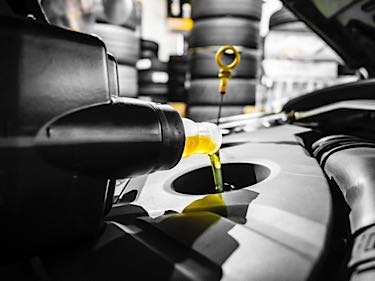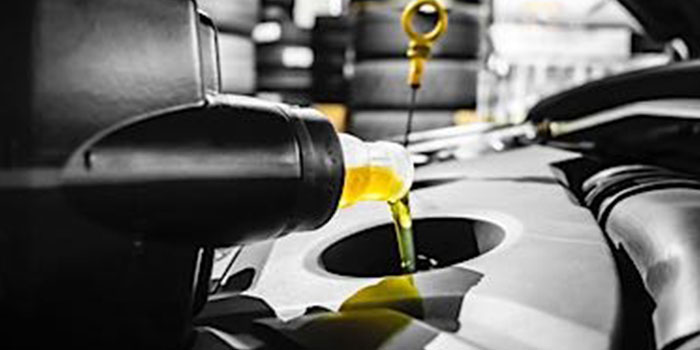 There are some vehicle maintenance myths that customers accept as gospel long after they’re still relevant. Atop this list is the 3,000-mile oil change. While some shops haven’t exactly been quick to dispel this largely outdated concept, embracing the extended interval oil change can actually be good for business.
There are some vehicle maintenance myths that customers accept as gospel long after they’re still relevant. Atop this list is the 3,000-mile oil change. While some shops haven’t exactly been quick to dispel this largely outdated concept, embracing the extended interval oil change can actually be good for business.
The reality is that many of the cars in the vehicle repair sweet spot don’t need their oil changed until they hit 5,000 miles or more. (According to the manual of my own car, I have to change the oil only every 7,500 miles, and it’s 15 years old!) With advances in motor oil quality and greater efficiency in cars in general, the interval between oil changes in newer cars can reach up to 10,000 or even 15,000 miles.
So what does it mean for technicians and shop owners if your customers don’t come in as often for an oil change? It might seem like the death knell signaling the end of your maintenance business, but there are ways that it can actually improve business, strengthen customer relations and boost your bottom line.
Jiffy Lube implemented a new approach to its oil change service in 2011 dubbed the Oil Change Schedule (OCS) to take advantage of extended-interval oil products. According to Jiffy Lube, the OCS “aligns the customer’s oil change schedule with the vehicle manufacturer’s recommendations, creating a maintenance plan to best suit individual customer needs.” Customers reacted positively to the program, and Jiffy Lube continues to allow its customers to choose the maintenance schedule that works best for them.
Your business can take it one step further by combining an oil change with another service offered at your shop, like windshield wiper or air filter replacement, to create scheduled maintenance packages. It is important to educate your customers about the quality of the oil being sold to them, and inform them that higher-quality oils are an option for newer cars as well as older ones.
New high-quality oils on the horizon will continue to make the need for the 3,000-mile oil change obsolete in most cases. The International Lubricants Standardization and Approval Committee (ILSAC) has proposed a new GF-6 specification for oils. This new specification will be split into two categories: GF-6A will address traditional viscosities and will be backward compatible, while GF-6B will deliver enhanced fuel economy and certify lower viscosities. The projected timing of the first license for new ILSAC GF-6 oils has been confirmed by the Auto-Oil Advisory Panel (AOAP) as April 1, 2018.
 Selling higher-quality oils with longer intervals between oil changes can also positively impact the environment — which is something you can use to your advantage. According to the California Integrated Waste Management Board, “while about 70% [of used motor oil] is collected after use, it continues to be a serious environmental problem because it is insoluble and contains heavy metals and toxic chemicals.”
Selling higher-quality oils with longer intervals between oil changes can also positively impact the environment — which is something you can use to your advantage. According to the California Integrated Waste Management Board, “while about 70% [of used motor oil] is collected after use, it continues to be a serious environmental problem because it is insoluble and contains heavy metals and toxic chemicals.”
Less frequent oil changes mean less wasted oil and less environmental damage. Promoting this fact can be good PR for your shop. By using higher-quality oils, you can effectively signal to your customers that you are an environmentally conscious shop that is focused on providing quality maintenance products for their vehicles.
Image is everything in the repair business. In the long run, making your customers aware of the best (and manufacturer- recommended) oil change options that are right for their vehicle could go a long way in strengthening your relationship with your customers and revitalizing your maintenance business.
Article courtesy Underhood Service.














